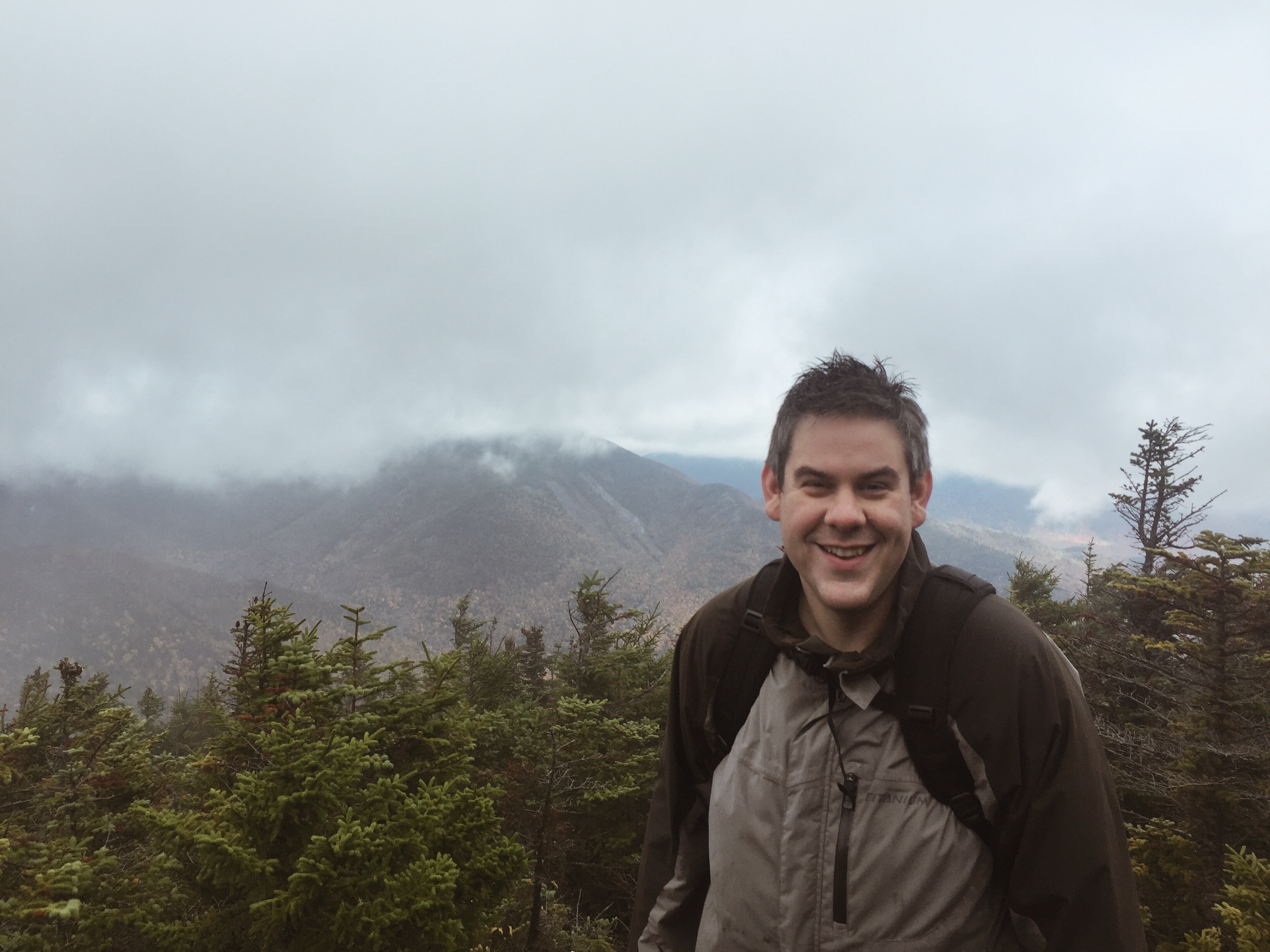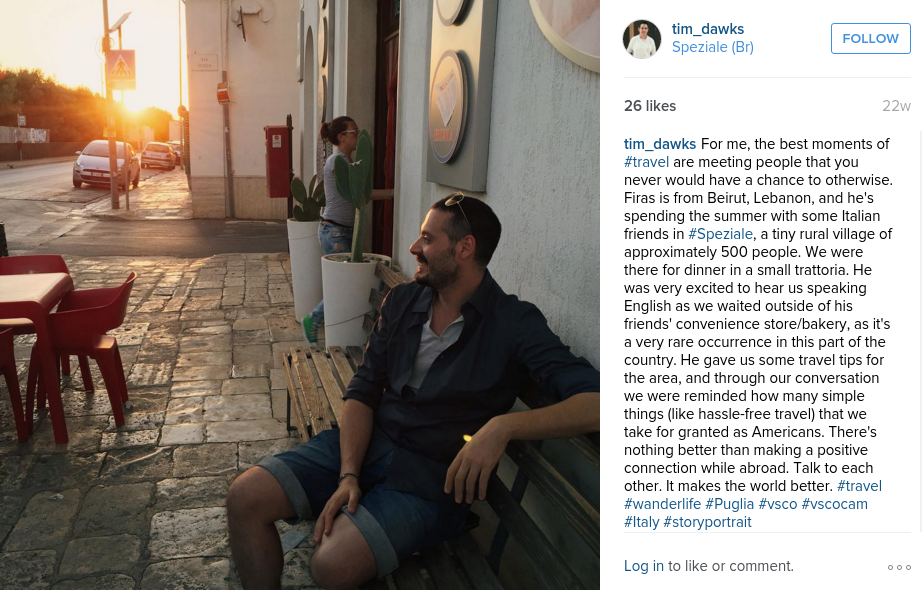A couple of weeks ago I was walking around one of our schools during the day which I try to do often as a way to clear my head and connect with the energy of an actual building. As an assistant superintendent you probably won’t be shocked to know that it’s easy to get stuck in my office, emailing away until the end of time, only to set foot in a school if I have a meeting or observation to check off the list. Having worked as a building leader for six years, I definitely need the shot of energy that comes from being around students of all ages engaged in the hustle of a school day. As often happens when I walk around a building, I was engaged in several conversations ranging from academic programming to individual student concerns. One conversation, however, has stuck with me, and I continue to roll it around in my brain days later. After moving through the typical greetings and small talk (I hadn’t spoken to this particular teacher in some time), they asked me a question that is posed to me fairly often when the asker is a colleague who knew me in one of my previous leadership roles.
“So, do you really like what you’re doing, Tim?”
This is an innocuous question on the surface, and I don’t believe that the teacher meant it any other way. However, whenever I get hit with this particular inquiry my brain wants to react with a canned response before I even have time to consider it. Usually it’s telling me to say, “Yes, I absolutely love it!” Other times I hear myself saying, “I’m really enjoying the learning curve of this role and the opportunity to connect with so many students and adults throughout our district.” Those are both accurate responses. I do love being an assistant superintendent, a position I never expected to be in at this point in my career, and I do enjoy the learning that happens every day because I now work with folks at all levels, K-12. But there are deeper answers to this question that I don’t often get into because mostly I don’t want to bore the person asking it. Then I remembered, this is why I have a blog!
There’s an assumption in the layers of this question that I believe most folks are unaware of. The assumption is that this is a joyless job laden with administravia, small on student contact, and big on adult management which makes it difficult to enjoy. I know it’s there because when I answer that I’m truly enjoying my role they typically respond with, “…Really?” or “I wouldn’t have guessed that.” They usually follow with a clarification that my personality is more well-suited for direct student contact work, and this role just doesn’t provide that. And that is partly true. There is paperwork, organizational tasks, and many forms that need to be filed in order for our district to be in compliance with state regulations. I’m responsible for many of them. Along with overseeing curriculum and instruction, in our district of 500+ employees, I’m also basically the HR department. I do engage in my fair share of conversations around day to day to management tasks, and sometimes it feels like that pile never gets smaller. And the meetings. So many meetings. It’s a lot. And yet it’s also my responsibility to make sure that these things don’t define me.
Right now I have the benefit of having been the middle school principal in my district for four years, which means that most of the students in grades 8-12 know me, at least peripherally. That has given me a leg up on both maintaining previous relationships and building new ones, yet that won’t always be the case. Do not underestimate the power of learning, knowing, and remembering students names. This is important as a building leader and I believe it is even MORE important as a district leader. It is one of the simplest ways to let a student know, “I see you, and I remember you.” Saying hello is fine. Saying hello followed by the student’s first name has led to many impromptu conversations that have allowed me to reconnect and find out how things are going. And when you show student that you remember them and ask how things are going, the will be honest. Sometimes too honest! I’m not going to pretend that I am anywhere near perfect here, but I’m working on it, and it has made a huge difference for my connection to our biggest asset, the kids we serve. Something else that has helped me stay connected is the act of mentoring. Again, I have worked from previous relationships I built as a principal, but I believe anyone can do it. Actually I believe that setting regular one-on-one time with students to be another advocate for them, to check in on their progress, and to help them organize and prioritize their learning life is more beneficial to me than it is to them! It also helps me to connect with instructional staff in a different way. When we collaborate around helping a particular student find their path to success, with all it’s bumps and detours, we all grow together.
So, yes, this job is different than any I have previously held in education, and it does have the capacity to remove me from the day-to-day challenges of life in a school building. I see how anyone in a district level position could get distracted by the seemingly endless time demands, mandates, and meetings. It’s easy to let a narrative created by others be, “He just doesn’t understand what goes on here.” Actually, that will likely happen no matter what, so just keeping plugging away. Connect with folks on a personal level. Get to know them. Learn their names. Write thank you notes. Send handwritten messages of support. Set specific times to check your email each day. Get out of your office! Be around kids.
District level leadership means we set the vision and tone for an entire population of kids and adults. Without connecting to the people and places those decisions affect, we will never be able to completely do our jobs. You make the position what it is. Make sure that, whatever you do, your choices allow you to answer the question, “So do you really like what you’re doing?” with an emphatic and honest, “I really love it!”




 It’s rare that a dream stays with me so clearly after I wake up, so my mind has wandered back to it several times today. I thought about the emotions that felt so real: the anxiety, the excitement, the confusion, and the anticipation. Then I realized how closely this dream and these feelings can be linked to what we do each day that we step through the front door of school. Although we surely have a general idea, based on experience, what our days will be like, we can never be truly prepared for the unpredictable nature of our work. Some days we may even wake up feeling completely unprepared for what lies ahead. But isn’t that also what makes this so satisfying? Each day is an opportunity to approach a situation from a different perspective because we deal in the world of people, not things. That unpredictability, a breeding ground for fresh perspectives and new ideas, is exactly what allows us to learn and grow from past stumbles.
It’s rare that a dream stays with me so clearly after I wake up, so my mind has wandered back to it several times today. I thought about the emotions that felt so real: the anxiety, the excitement, the confusion, and the anticipation. Then I realized how closely this dream and these feelings can be linked to what we do each day that we step through the front door of school. Although we surely have a general idea, based on experience, what our days will be like, we can never be truly prepared for the unpredictable nature of our work. Some days we may even wake up feeling completely unprepared for what lies ahead. But isn’t that also what makes this so satisfying? Each day is an opportunity to approach a situation from a different perspective because we deal in the world of people, not things. That unpredictability, a breeding ground for fresh perspectives and new ideas, is exactly what allows us to learn and grow from past stumbles.





